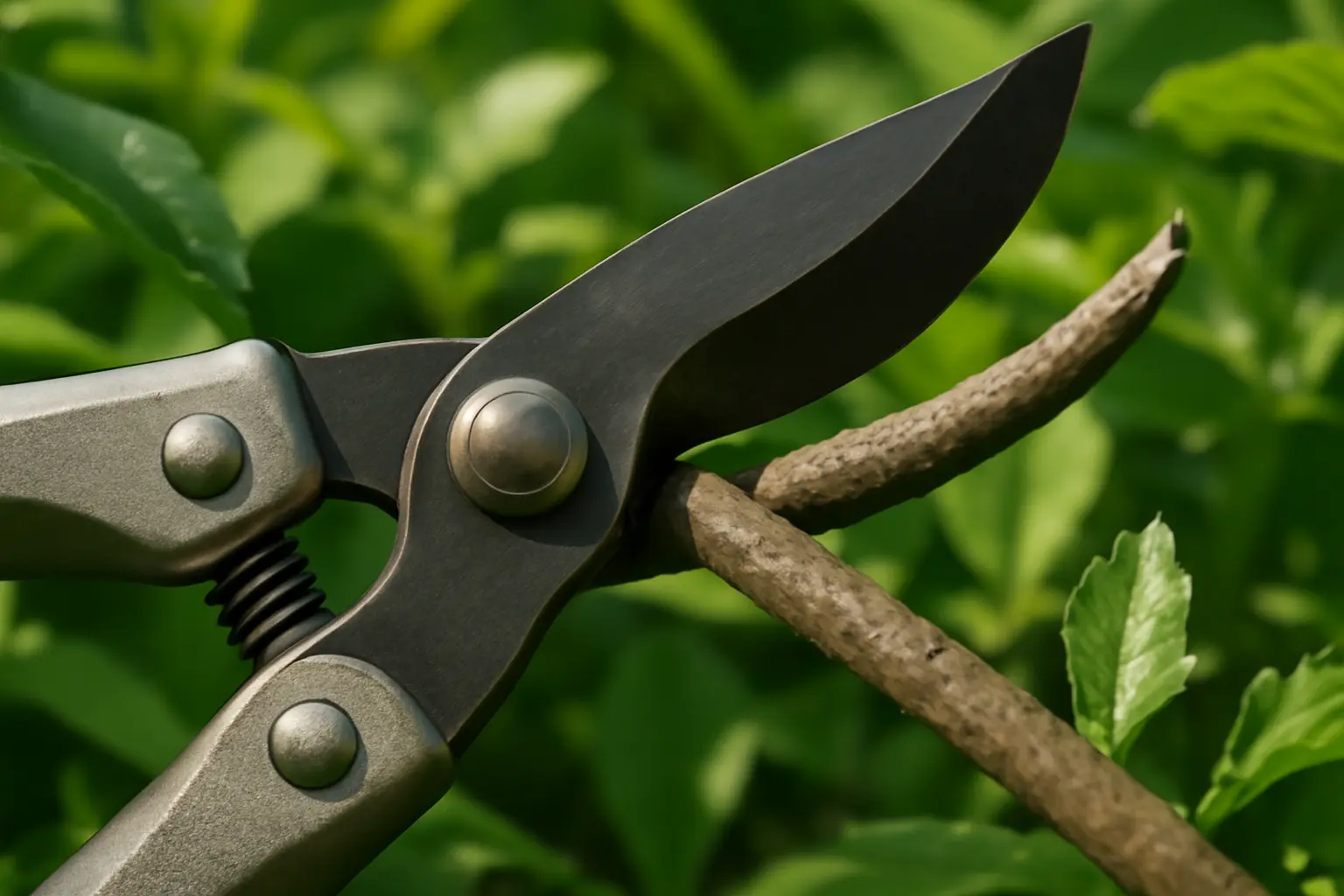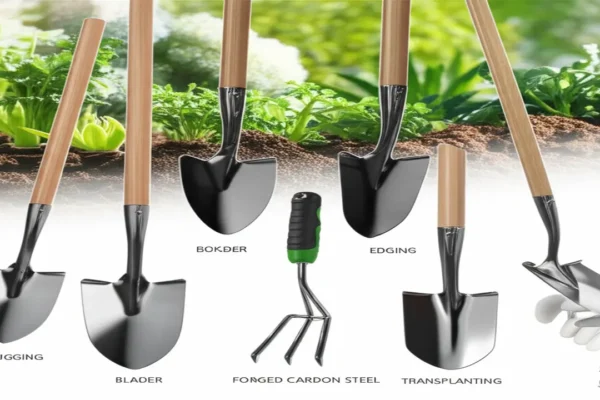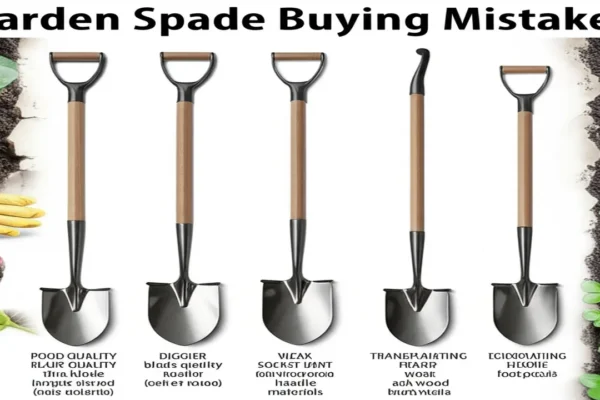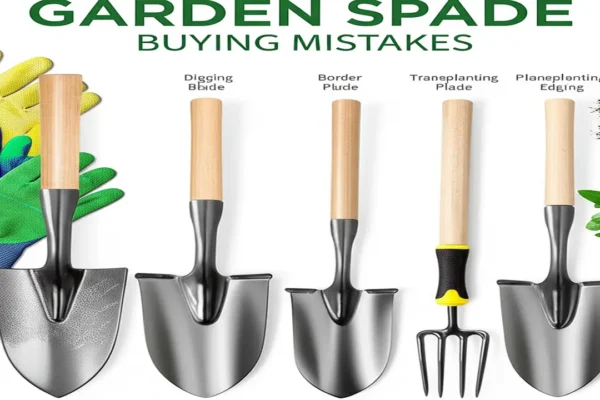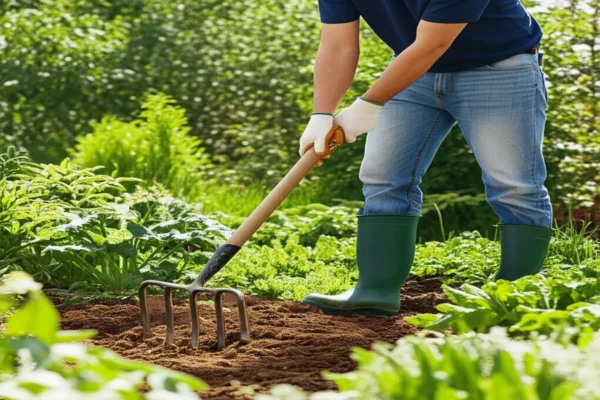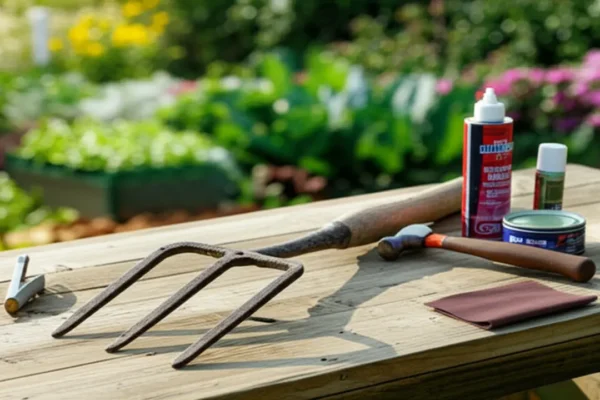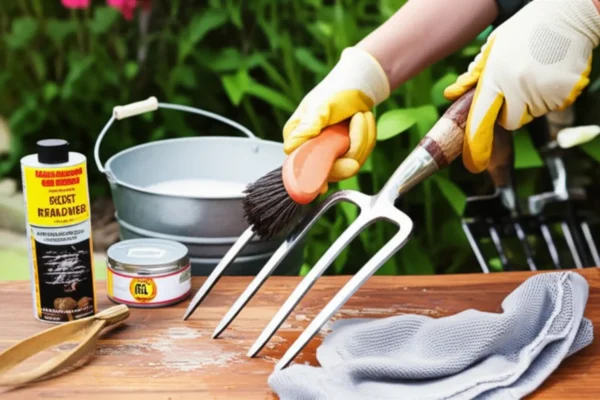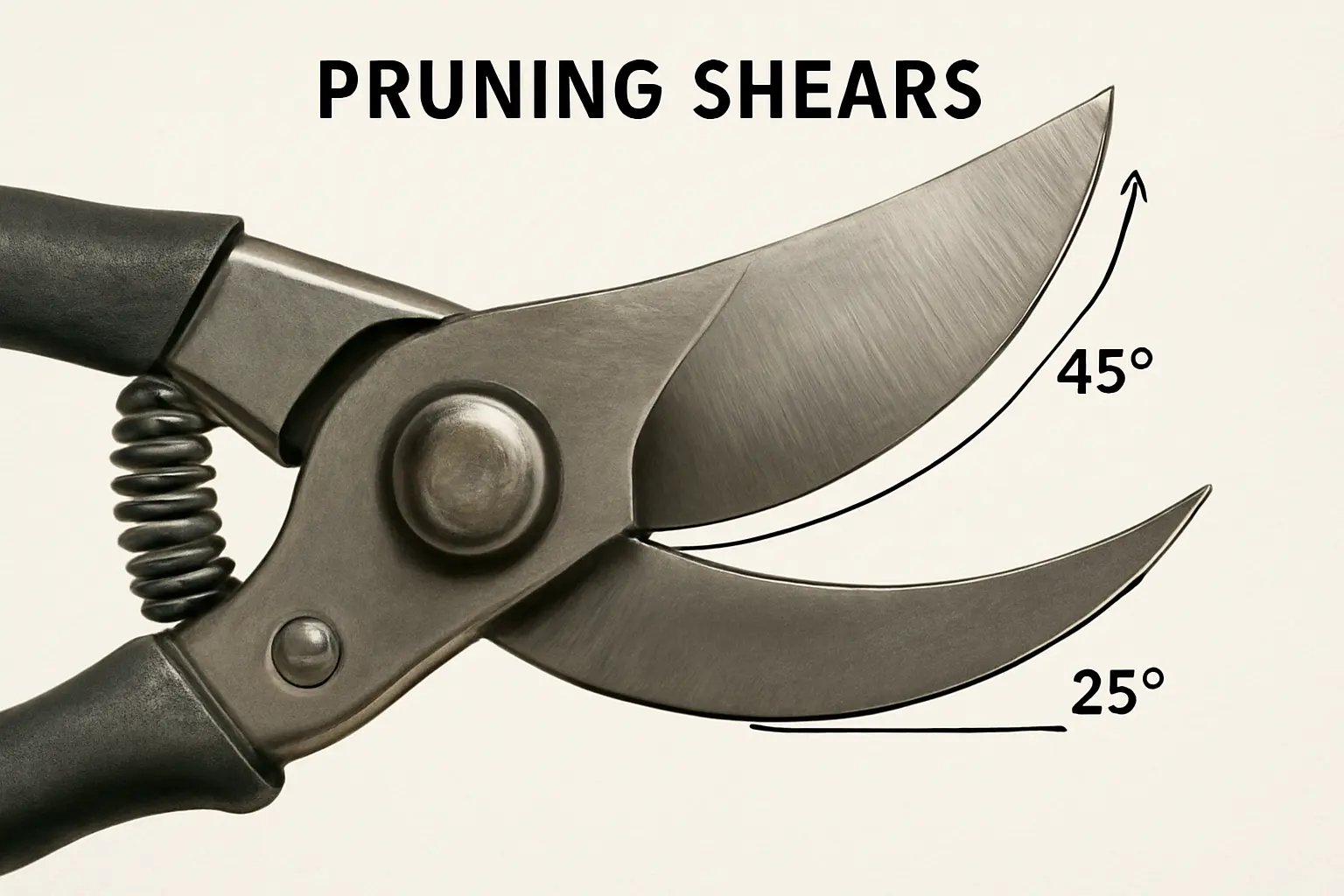
1. Understanding Pruning Shears Blade Angles
Contents
- 1 1. Understanding Pruning Shears Blade Angles
- 2 2. Recommended Sharpening Angles for Pruning Shears
- 3 3. Methods to Determine and Set the Correct Blade Angle
- 4 4. Step-by-Step Guide to Sharpening Pruning Shears at the Correct Angle
- 5 5. The Impact of Correct Blade Angles on Cutting Performance and Plant Health
- 6 6. Common Mistakes in Sharpening Blade Angles and How to Avoid Them
- 7 7. Visual Aids and Illustrations for Correct Blade Angle Maintenance
- 8 8. Supplementary Content: Advanced Topics and FAQs on Pruning Shears Blade Angles
Typically, pruning shears feature blade angles ranging from 15° to 30°. Angles closer to 15° offer a sharper edge, ideal for delicate trimming tasks requiring precision, such as detailed floral work. Angles near 30° provide more durability and strength, suited for tougher branches without damaging the blade edge quickly.
Selecting the right blade angle balances sharpness and durability; for example, gardeners handling predominantly woody branches often prefer 25° or higher for extended tool life. Scientific studies on cutting mechanics confirm these angles optimize force application and minimize wear, ensuring pruning shears perform reliably across diverse plant types.
In summary:
– Bevel angle shapes how the blade engages the cut
– Sharpening angle maintains the blade’s cutting performance
– Recommended angles from 15° to 30° match task demands and blade wear tolerance
This understanding helps gardeners choose or sharpen pruning shears tailored to their specific gardening needs, leading to cleaner cuts and healthier plants.
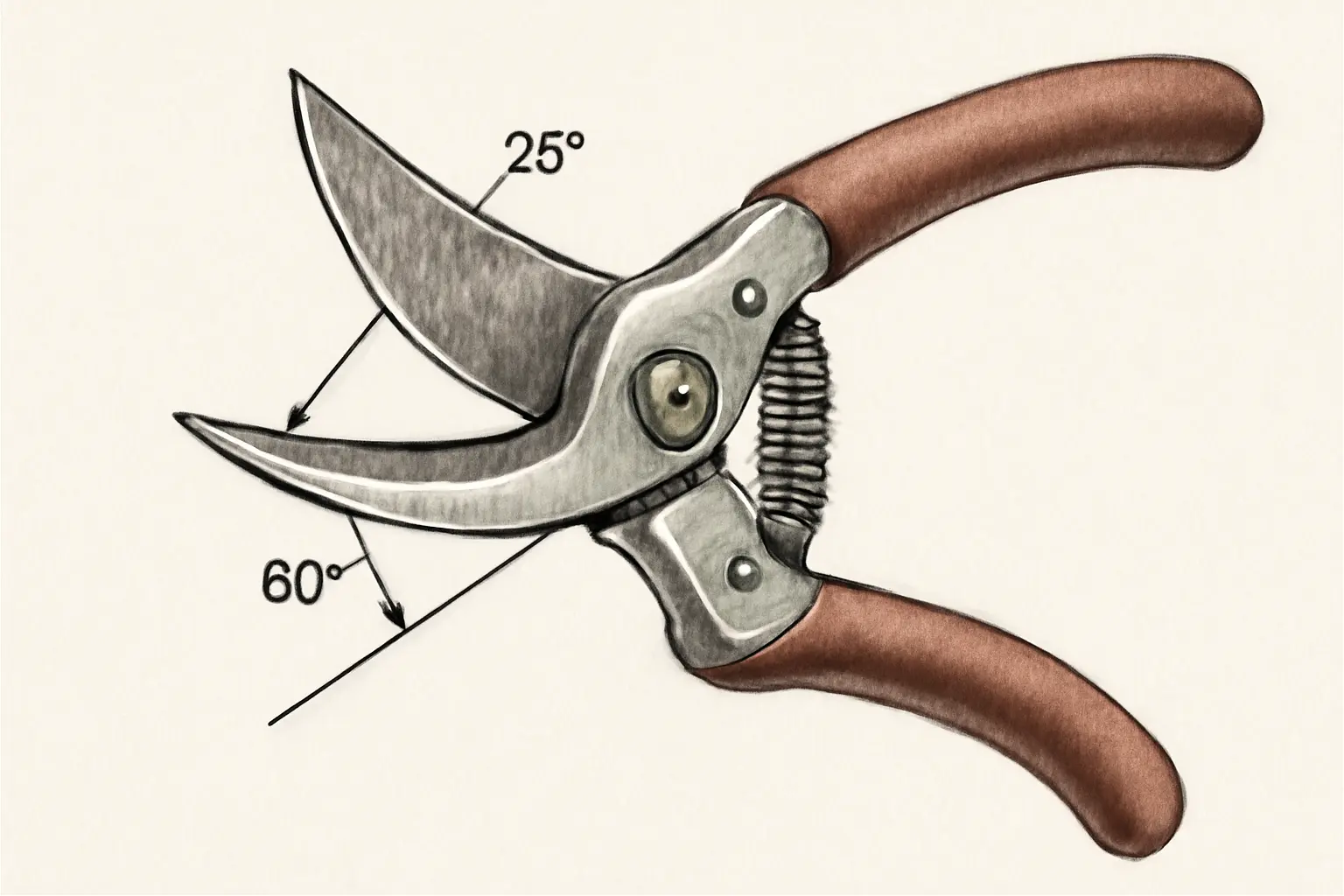
2. Recommended Sharpening Angles for Pruning Shears
Scientific studies support these ranges by demonstrating that sharper angles below 20° tend to dull faster due to reduced edge robustness, while angles above 25° can reduce cutting efficiency, causing excessive force and potential plant injury. For example, a 22° sharpening angle on bypass shears is widely tested among horticultural professionals for optimal performance, combining sharpness with resilience.
Key points to consider:
– Standard pruning shears: 20° to 22° blade edge angle ensures clean and precise cuts.
– Bypass loppers with thicker blades: 23° to 25° angles enhance durability under heavier use.
– Maintaining these angles prevents blade chipping or excessive wear, extending tool life.
– Consistency in angle sharpening also reduces strain for gardeners by improving cutting efficiency.
Following these manufacturer-backed recommendations ensures pruning shears perform reliably, protecting both your plants and investment in quality tools.
3. Methods to Determine and Set the Correct Blade Angle
To set and preserve the correct blade angle, follow these steps:
– Secure the pruning shears firmly in a vice or clamp to prevent movement.
– Clean the blade surface of any sap or debris for clear angle visibility.
– Using a sharpening stone or file, hold the tool at the determined blade angle, typically ranging between 20 to 30 degrees depending on the shears model.
– Make uniform strokes along the cutting edge, maintaining consistent pressure and angle throughout each pass.
– Frequently check the angle with an angle guide or visual inspection to avoid angle drift.
– After sharpening, wipe the blade clean and apply a lubricant to protect the edge.
For professional gardeners or frequent users, investing in angle-setting jigs and precision sharpeners can enhance accuracy and repeatability. Correct pruning shears blade angles not only improve cutting efficiency but also extend tool life and reduce maintenance frequency, making this practice essential in garden tool care by 2025.
4. Step-by-Step Guide to Sharpening Pruning Shears at the Correct Angle
Follow these steps for effective sharpening:
– Secure the pruning shears firmly to avoid movement.
– Hold your sharpening stone or file so it matches the original blade bevel angle, using consistent pressure.
– Work the stone in long, smooth strokes along the blade edge, always moving away from the cutting edge to prevent dulling.
– Maintain a steady rhythm and avoid excessive force to preserve the blade’s temper and avoid metal fatigue.
– After several strokes, check for a burr—a fine metal edge formed on the opposite side of the blade.
– Flip the shear and gently remove the burr by stroking a few times with the sharpening stone at a slightly lower angle.
Understanding the scientific principles behind the process aids success. Sharpening removes microscopic metal layers by abrasion, realigning the steel’s edge to be razor-sharp. Repeating this at the correct pruning shears blade angles prevents uneven wear and tearing of plant tissue during cutting.
For example, using a consistent 27-degree angle while sharpening, gardeners can achieve precise cuts essential for plant health and quicker healing, directly contributing to better pruning results in 2025 gardening practices.
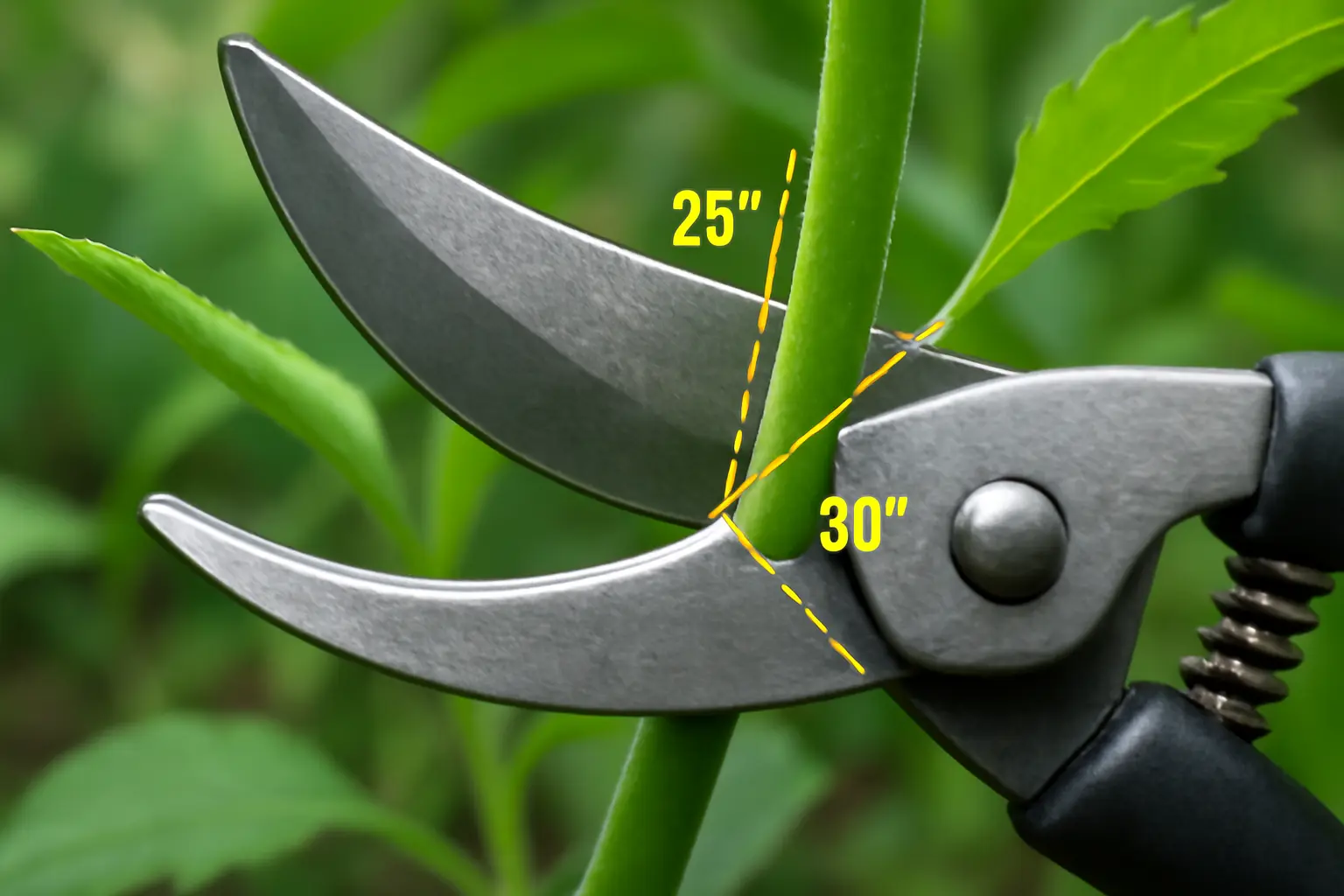
5. The Impact of Correct Blade Angles on Cutting Performance and Plant Health
From a mechanical perspective, maintaining the ideal blade angle enhances the tool’s efficiency by reducing the force required to cut through branches. This not only prevents operator fatigue but also extends the lifespan of pruning shears by minimizing blade wear and the need for frequent sharpening. Botanical studies emphasize that clean cuts help plants conserve nutrients and energy that would otherwise be spent on repairing damaged tissues.
Key points to consider:
– Optimal blade angles typically range to achieve a slicing effect rather than crushing the plant tissue.
– Materials science studies show that angle maintenance prevents premature dulling and extends blade durability.
– Regular inspection and adjustment of blade angles ensure consistent cutting quality, supporting sustainable gardening practices.
In real-world applications, professional gardeners report that pruning shears with correctly set blades improve pruning speed and plant recovery times. This directly leads to healthier plants and better yields in both ornamental horticulture and productive gardening environments.
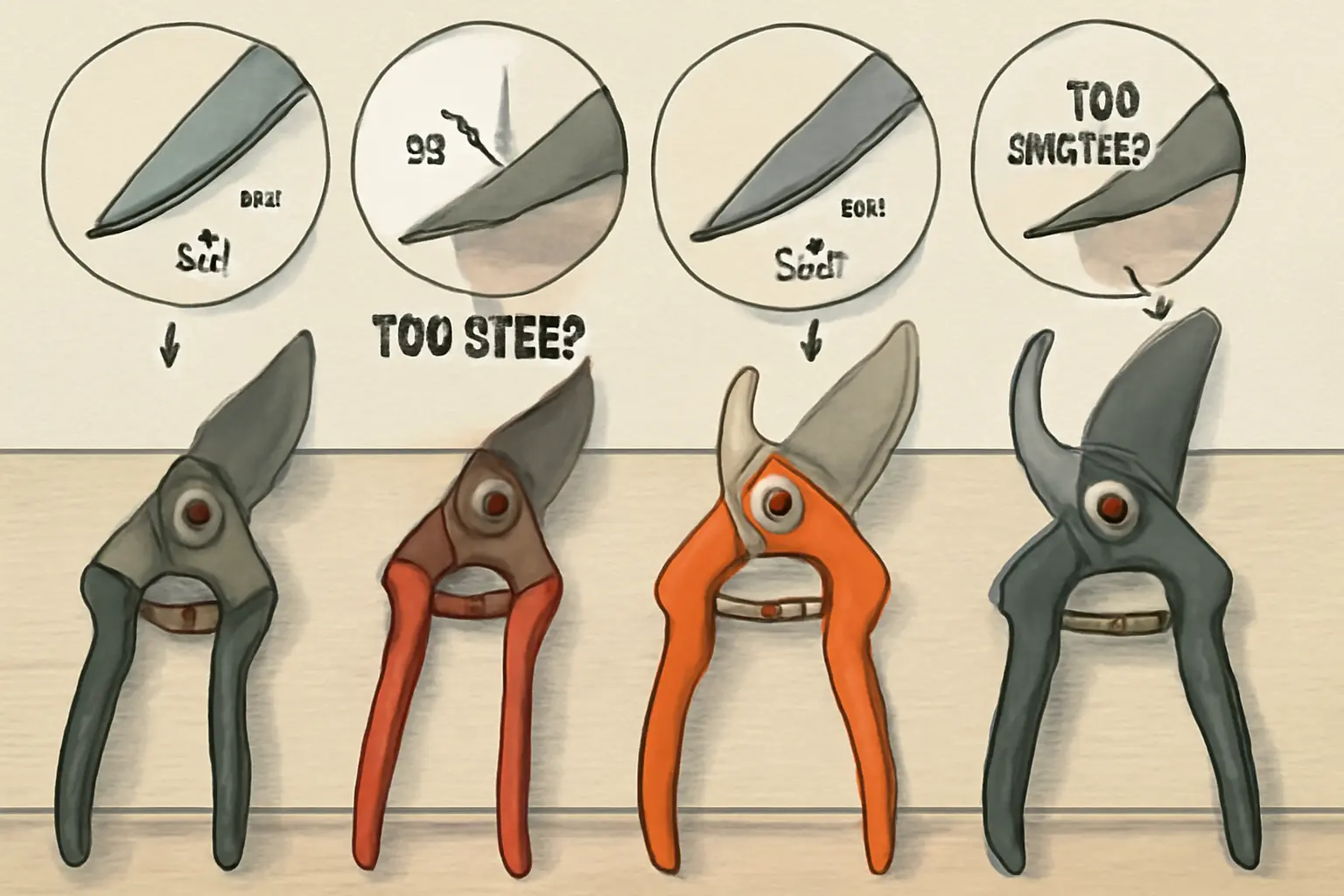
6. Common Mistakes in Sharpening Blade Angles and How to Avoid Them
To avoid these, measure angles with precision tools, typically maintaining a 20 to 30-degree bevel suited for most pruning shears. Use controlled, even strokes on sharpening stones or files, ensuring each pass symmetrically hones the blade edge. Resist excessive filing beyond restoring a clean, sharp edge. Practical examples include observing blade damage patterns post-sharpening to adjust technique appropriately and selecting sharpening guides designed for pruning tools. These science-backed corrections preserve shear integrity and promote healthier cuts, minimizing plant trauma and disease risk.
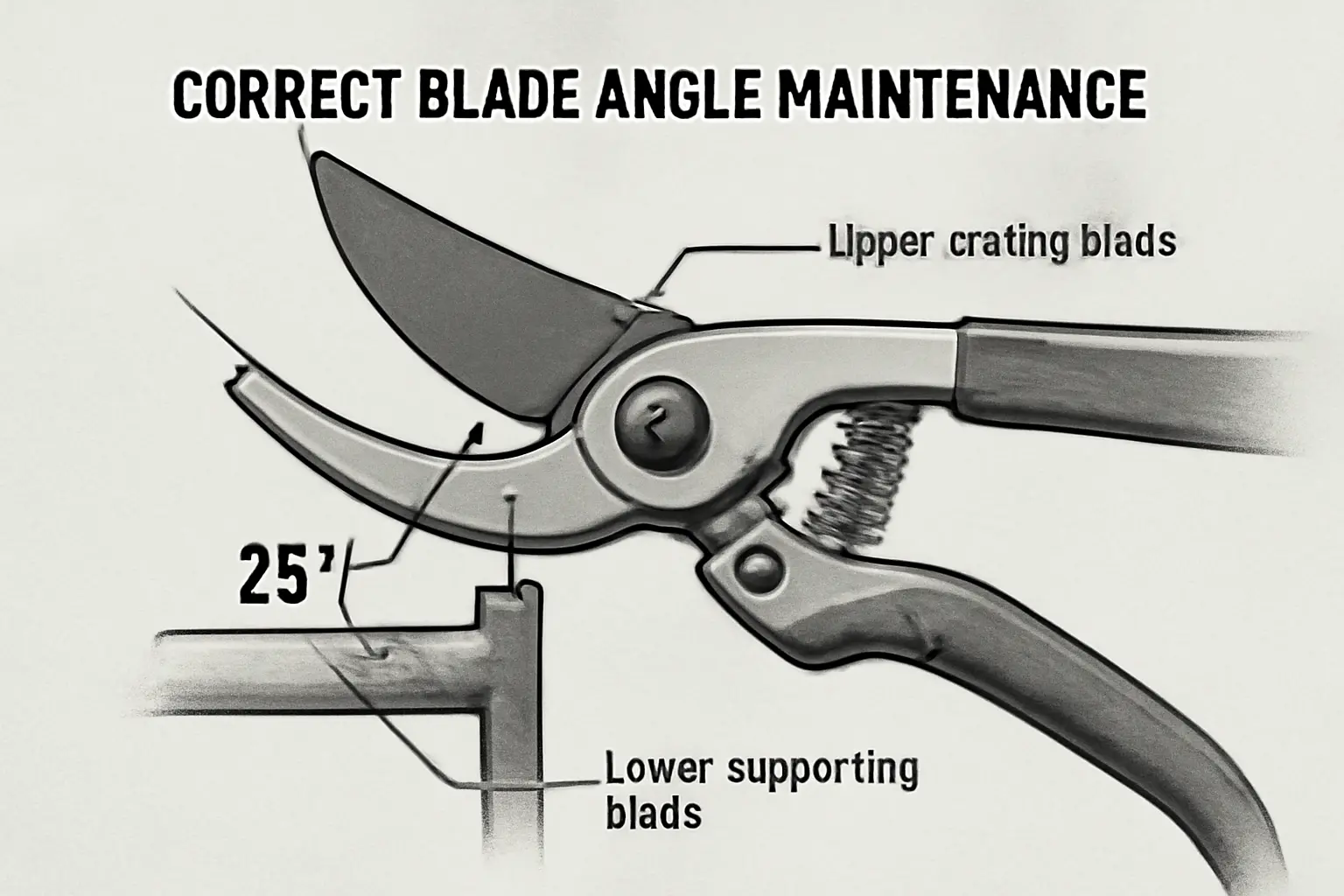
7. Visual Aids and Illustrations for Correct Blade Angle Maintenance
8. Supplementary Content: Advanced Topics and FAQs on Pruning Shears Blade Angles
The blade material also influences optimal angles. High-carbon steel blades maintain sharper angles longer but may require more careful handling to prevent chipping. Stainless steel offers corrosion resistance but often at the cost of slightly blunter angles, balancing durability with maintenance needs.
Professionals in horticulture adopt specific blade angle standards to maximize plant health and tool longevity. For example:
– Use narrow angles for live tissue to ensure clean cuts, reducing disease risk.
– Adjust angles when cutting woody stems to avoid crushing tissue.
Scientific studies confirm that precise blade angles reduce plant stress and enhance wound healing, which is crucial in commercial agriculture and nursery operations. Regular sharpening tailored to the blade’s design angle preserves cutting integrity, illustrating that pruning shears blade angles are more than mere design elements—they dictate effectiveness and plant care quality.

